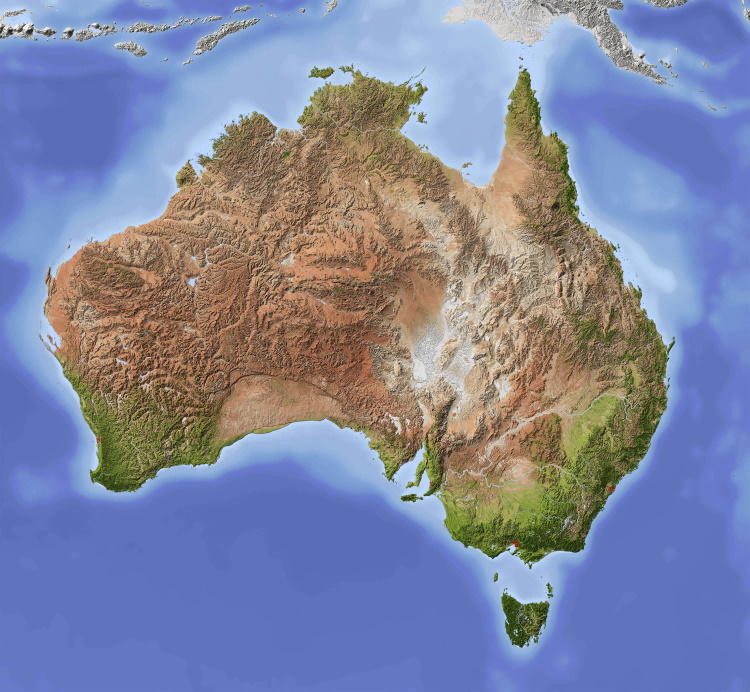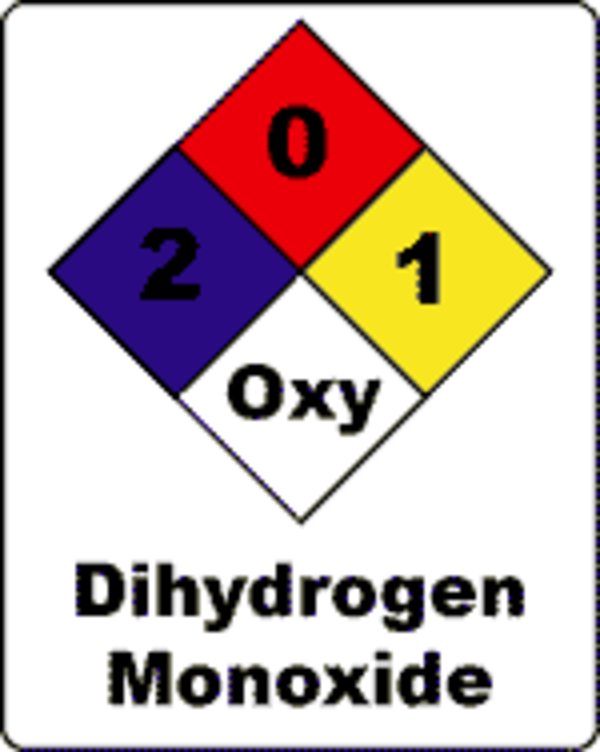The Federal Labor government has put a $387 billion price tag on the cost of the federal Coalition’s push for nuclear energy, describing those plans as “lies and fantasies” and based around a hatred for wind and solar.
The number has been produced by the Department of Energy and is based around the cost of replacing Australia’s remaining coal fleet of 21.3GW with a minimum of 71 small modular reactors, each of 300MW.
The government estimates put the cost of such a plan at $25,000 for each Australian tax payer, and it says the Coalition claim that nuclear energy is the lowest cost form of low carbon electricity is a lie, and that nuclear is 3 times more expensive than firmed renewables.
“The Opposition want to trump the benefits of non-commercial SMR technology, without owning up to the cost and how they intend to pay for it,” federal energy minister Chris Bowen said in a statement.
The push for nuclear is being propelled by Liberal leader Peter Dutton and the National’s David Littleproud, and has been accompanied by a call to stop the roll-out of wind and solar. Littleproud has sought to justify this by saying that the net zero 2050 target means not having to do much on emissions in the next decade.
The Coalition’s campaign for nuclear has been accompanied by a massive social media and mainstream media campaign demonising wind, solar, storage and transmission.
The cost estimate from Labor is based on the GenCost report produced by the CSIRO and the Australian Energy Market Operator.
The Coalition, conservative media and the nuclear lobby have attacked those reports, but in reality nuclear SMRs don’t exist in commercial form and are unlikely to in the next decade, and the lobby’s marketing claims of cheaper “mass production” are simply not believed by the energy industry.
The $387 billion price tag is even higher than Australia’s controversial commitment to spend $368 billion obtaining a fleet of nuclear-powered submarines, and the SMRs would not be delivered much before the first submarines in the early 2040s.
Climate scientists say that rather than slow down the rollout of renewables and storage, Australia and other countries need to accelerate it.
They say that Australia should be pushing for a net zero target by 2035. Those calls have intensified amid new fears that the climate is nearing, or may already have passed, a new tipping point given the new temperature records on land and in the ocean, record low sea ice in the Antarctica, and numerous extreme events.
Many argue that even a net zero by 2050 target requires a zero emissions grid by 2035 in any case – something that is simply not possible if renewables are delayed while waiting for a technology that does not yet exist.
The Coalition has refused to put any costings on its nuclear plans, and Dutton talks about them in the present tense, as though they already exist. “New nuclear technologies are factory-built, portable, scalable and can even be relocated,” he has said. “New nuclear technologies can be plugged into existing grids and work immediately.”
But they can’t, because they don’t exist. As the former head of the US Nuclear Regulatory Commission, Allisson MacFarlane, wrote recently, there are designs, but they are just that – designs. And none have licences to be built, and some have had their licence proposals rejected.
One U.S. company, NuScale, is the only SMR design in the US to received “design certification” from the NRC, but can’t or won’t built that, and has now reapplied for a larger unit which might be more economic.
The Coalition has also failed to explain how energy companies could keep existing coal plants running until SMRs are available. Most of Australia’s ageing coal plants are already struggling to maintain reliability even now, and would have to extend their operating lives well beyond 50, or even 60 years, in the wait for SMRs.
Bowen accused the Coalition of being climate deniers. “Peter Dutton and the Opposition need to explain why Australians will be slugged with a $387 billion cost burden for a nuclear energy plan that flies in the face of economics and reason,” he said.
“After 9 years of energy policy chaos, rather than finally embracing a clean, cheap, safe and secure renewable future, all the Coalition can promise is a multi bullion dollar nuclear flavoured energy policy.”
I couldn’t help stop laughing the moment I heard the opposition (was it Dutton specifically?) mention small modulars in a speech a few months back. They are more expensive forms of already expensive nuclear reactors.
I have a feeling that they don’t GAF. They want to spruik nuclear and “SMR” sounds tasty, modern and “small” (like how they want their budget to sound) so they went with it. Woops, it’s the exact opposite.
They don’t want to spruik nuclear, they don’t give a fuck about nuclear, they just want to stole conflict in the clean energy discussion while they burn coal for as long as possible. It’s the only thing Dutton knows how to do, unfortunately it’s more effective of some issues than others.
You can’t build grid on renewables only. So some form of base generation is required. Nuclear is only thing we have for now to cover it. But god, why SMR? They are too new and untested.
@TheHolm @australia “You can’t build grid on renewables only”
Why the fuck not?
Because it we are lacking core technology to make it works - Energy storage. A do not tell me about Tesla batteries, and Show Hydro 2, they are both not scalable. Batteries for time, hydro forever. And there is no time to wait. we need to phase out coal ASAP, and nuclear only tested green technology we have in the moment which can provide base generation in AU. Hydro is other one, but we are used it all already. In 50 years it may be better solution, form high altitude wind to orbital solar and thermonuclear. For now there is no other option, we burn coal or we build some nuclear with renewables on top.
Yes you fucking can in Australia - we have extreme winds, extreme heat, we’re tidally locked and we have ample room for solar, wind and tidal power generation. What we lack is spine enough to push back against conservative talking points.
As we lack technology to make it happen. Read my comment bellow pls.
Solar Hydro has pretty much solved the baseload problem.
- Generates power at night and on demand during peaks.
- Can store excess energy from the grid during times of low cost.
- Spinning mass means it can play the same role as coal/nuclear in grid infrastructure.
All these things are still prototypes. Scaling them up will take who know how long and no one knows what problems will arise. Recent problem with Simens wind turbines shows that even wind is still not fully mature. Plus who is going to build all these thousands of hydro-solar stations? Do we have industry to do it? Nuclear is there ready to build, not required any new KNOW-HOW or creates some enormous industry ( like Lithium batteries).
Nuclear takes 20 years at a minimum lmao
It is not. Lots of examples.
SMR aren’t a bad idea, they’re just not a ‘now idea’. In the short term our current renewable systems are doing exactly what we intended them to do.
Frankly this is just dog whistling to climate deniers to throw further discourse towards wind, solar and storage. But with that being said; having nuclear base-load available would strengthen our energy supply in times of need.
Honestly wouldn’t mind a few gigawatt of these as baseload insurance and the rest renewable for the few days a year the renewable grid might struggle to net zero. So much better from a pollution and radiation exposure standpoint than coal or on-demand gas turbines
The problem is more of timescale. If they were ready now and reasonably affordable, then great, use them. But by the time these will be available in reality we should have already hit 100% renewable (which is doable entirely with batteries + wind/solar).
Also, a presentation I saw by Saul Griffith for Australia, gives an idea where the focus needs to be
Yeah, it’s a false dichotomy. We can do both.
SMR is actually bad idea. They produce way more nuclear waste than big reactors, and probably will cost more to build and definitely more to run for same power. We need just good proven “old” nuclear. Not waiting for new technology and become test site for it.
@TheHolm @australia We do not need nuclear at *all*
If we want to get rid off coal in next 20 years, we need. We can’t afford pure “classic” renewable grid using currently available technologies. renewables becomes extremely expensive when you can’t relay on traditional generation for grid stability.
Can’t we just use gravity, lithium and hydro batteries to maintain stability?
We can use lithium, but we can’t afford i because there is just not enough batteries are getting made to build enough storage to stabilise grid. Hell, there is a not enough batteries for cars. Over the time it will be resolved, problem is that it will take too long. Hydro is not an option, there is just not enough places in AU to build required capacity.
There’s barely enough lítium available to switch every existing car in the world to EVs. Nevermind the amount needed to supply overnight power to a grid. We’re going to need a different kind of battery, but those are still being researched.
Hydro batteries are a solution, but not one that fits everywhere. You don’t get nearly all the amount of energy back that you put into it. Then there are other considerations like availability of water (salt water corrodes, and current desalination processes are expensive and require a lot of power, which is part of the problem it would be trying to solve).
Nuclear is currently the best way to generate clean energy at scale. It’s a proven technology with highly predictable output and lifespan.
Renewables technology and manufacturing are still new, so things like long term reliability are still unknowns. Then there’s the consideration that the manufacturing and installation of renewables (like a wind turbine) produces more CO2 on a per kWh basis than nuclear. This is because a wind turbine generates relatively low amounts of power compared to nuclear, but all the materials like the concrete foundation, casting of steel, blades, electronics, etc, have a CO2 cost. Nuclear wins out on this.
It’s not an all out nothing situation. The reality is that a combo of both nuclear and renewables is the path forward. But nuclear needs to be the base load for the next while.
@CeeBee Nuclear is not a clean source of energy! FFS, you lot are just ignorant of the realities and the danger of such generation.
Nuclear is 100% clean. I never said it was renewable or “green”. There is a difference.
And no, the realities are not lost on me, but people who understand nuclear realize it can be a very safe and clean (not green) form of energy. And the dangers are minimal.
@CeeBee It’s not *clean* if it leaves dangerous waste behind that is a nightmare to dispose of safely.
What is your definition of clean if you think nuclear is clean?
Clean energy, by definition, is energy generated by a means that doesn’t release harmful by-products into the environment.
And the waste isn’t really waste, it’s actually more fuel. The only reason why the industry hasn’t been focused on reprocessing spent fuel is because up until now it’s been cheaper to just dug up more uranium.
But with all the uranium that’s already been mined, we could run every nuclear plant for a hundred years with the reprocessed fuel.
The main issue with nuclear isn’t with safety or environmental danger. It’s down to economics and policy.
Which will come first? SMRs or clean coal?
MS Paint now has transparency support so anything is possible
They must have shifted the axed MS Write devs over to MS Paint lol
$387 billion cost
You could get a whole new fleet of nuclear subs for that!
You always know when the liberals are in opposition. They spout this nuclear bullshit everytime.
Nothing gets done when they are in power, nor mentioned in the media to any great extent.
I’m sure it’s to muddy the debate on baseload power knowing full well that it’s too expensive and long term to be useful in the current situation.
I wish we went nuclear at the turn of the century, it would have solved many issues. But now it’s a scam. They know it, there have been countless assessments on its viability







